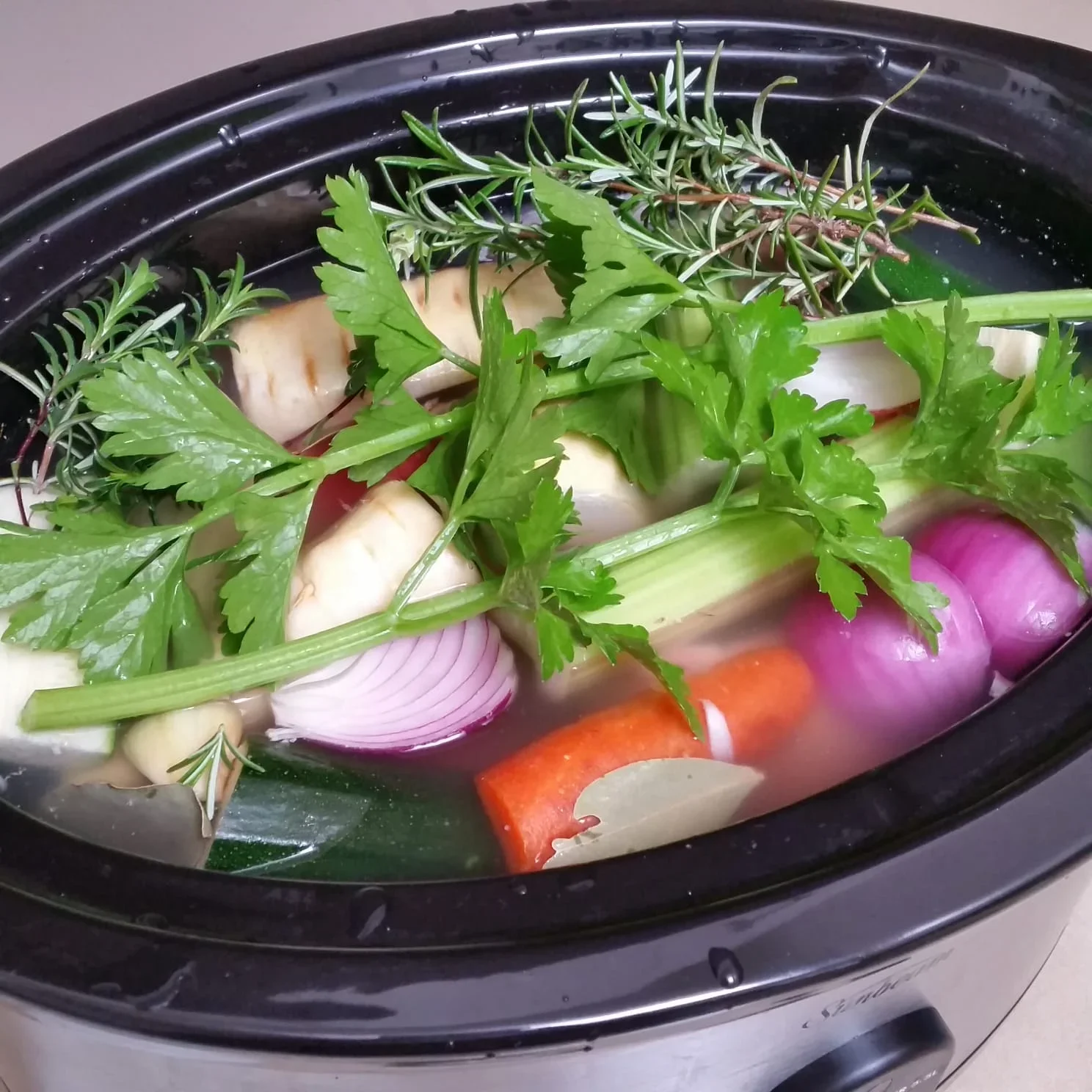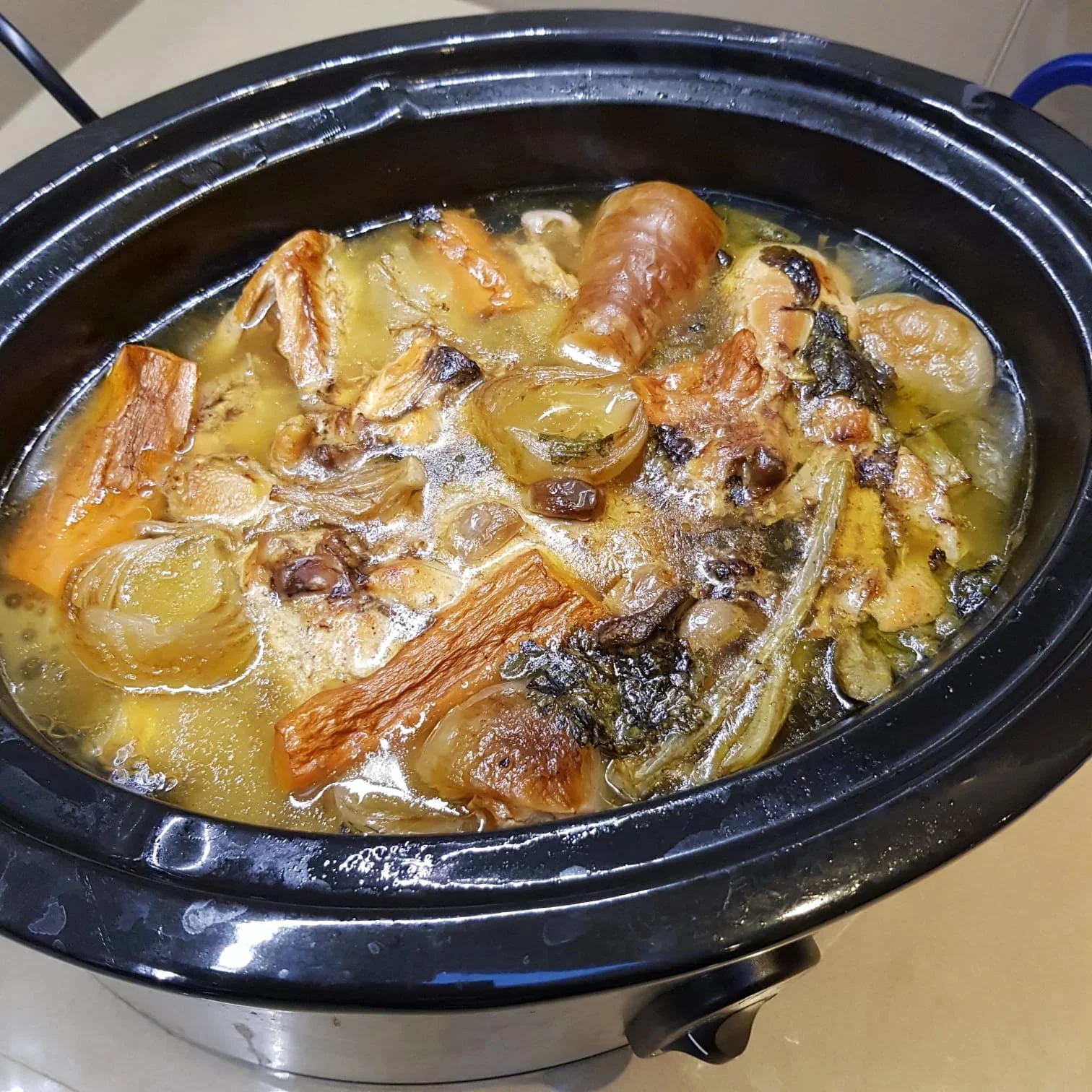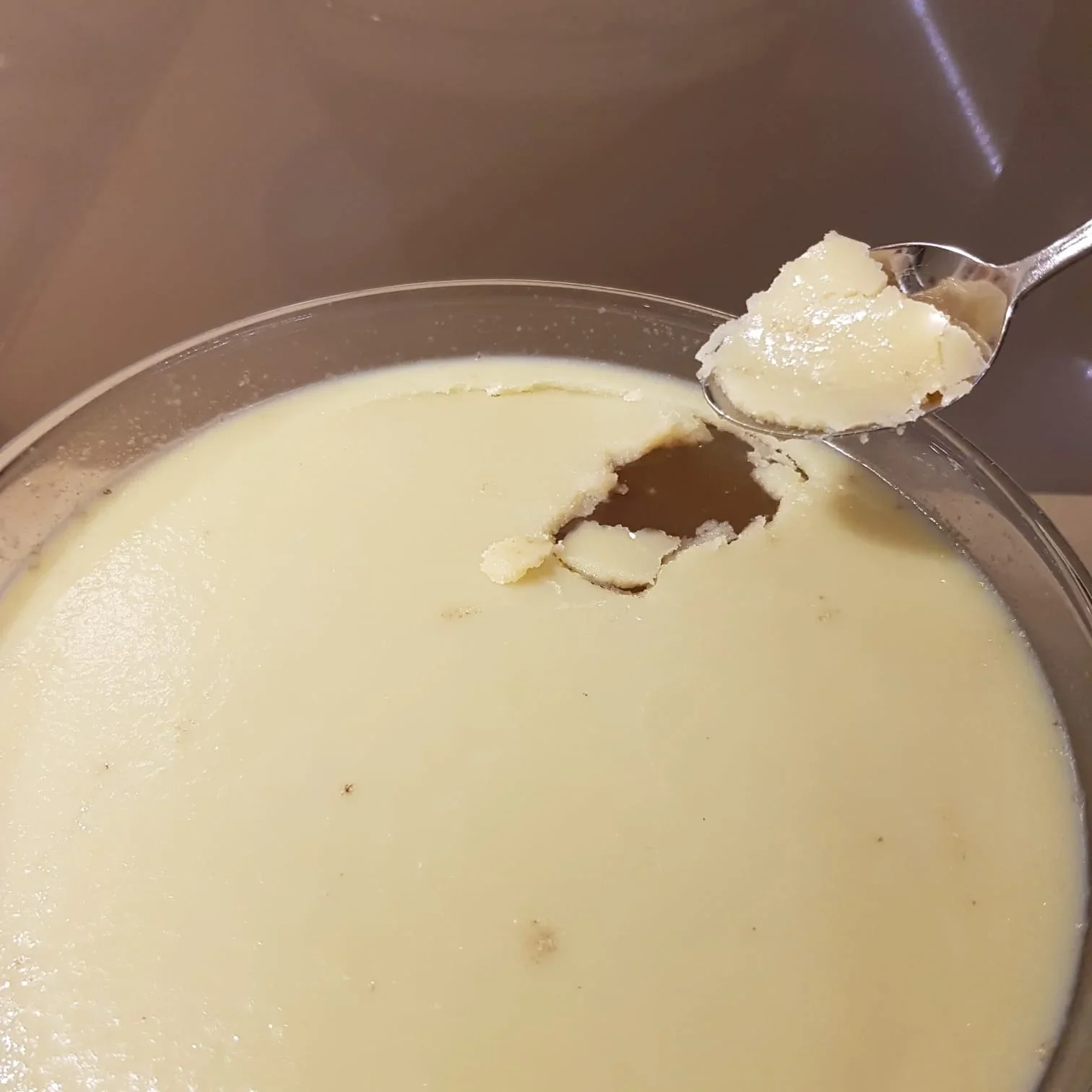The Benefits of Bone Broth for Older Adults: How to Boost Collagen Naturally
Bone broth, a traditional health food that has been around for centuries, is making a significant comeback in the wellness world, especially for older adults.
This nutrient-rich liquid, made by simmering bones over a long period, is packed with vitamins and minerals essential for maintaining good health in later years.
Let’s explore what makes bone broth unique and how to incorporate it into your daily routine.
What is Bone Broth
Bone broth is a type of soup made by simmering bones, often with vegetables and herbs, for an extended period.
This slow cooking process extracts nutrients such as collagen, amino acids, and minerals from the bones, creating a nutrient-dense broth.
Unlike quick-cooking soups, bone broth requires hours of simmering to release these beneficial compounds.
How is Bone Broth Different From Regular Broth or Stock?
While the terms broth, stock, and bone broth are often used interchangeably, there are differences.
Regular broth and stock are typically cooked for a shorter period and may not always use bones, leading to a less nutrient-rich liquid.
Bone broth, on the other hand, is simmered for much longer, sometimes over 24 hours, to ensure that the maximum amount of nutrients are extracted from the bones.
Bone Broth Benefits for Older Adults
For older adults, the benefits of bone broth are particularly significant:
Joint Health: The collagen in bone broth can help maintain healthy joints.
Gut Health: Amino acids like glutamine support gut health and digestion.
Immune Support: The minerals and vitamins in bone broth can boost the immune system.
Bone Strength: Rich in calcium and magnesium, bone broth can support bone health.
Hydration and Nutrition: It's an excellent way to stay hydrated while getting essential nutrients.
Equipment Needed to Make Stock at Home
To make bone broth at home, you'll need:
A large stockpot or a slow cooker.
Basic kitchen tools like a knife, chopping board, and strainer.
Storage containers for refrigerating or freezing the broth.
The Best Bones to Use for Bone Broth
The best bones for bone broth are a mix of marrow bones, joints, and knuckles. These bones have a high concentration of collagen and marrow, essential for a nutrient-rich broth. You can use bones from beef, chicken, turkey, or fish.
A Collagen-Filled Recipe for Older Adults: Bone Broth
I previously wrote an article on collagen for health. You can find this here.
Bone Broth is a great way to get more collagen and many other vitamins and minerals in your diet.
You can make bone broth easily on your own! It can be made using a slow cooker, but it's pretty simple to make by simmering a pot on the stove as well.
Depending on your preferences, you can use beef, chicken or fish bones to make a homemade bone broth.
If possible, try to get ahold of organic bones from your local farmers. Pasture-raised/grass-fed meats are the healthiest option. They contain more vitamins and minerals without any harmful chemicals or toxins. The same goes for all other produce as well - meat, dairy, fruits and vegetables etc.
Back when I used to work in the aboriginal communities here in Australia, Kangaroo Tail Soup was a favourite to the locals and a way to get more collagen.
Calcium, magnesium, copper, iron, manganese, phosphorus, potassium, sodium and zinc are just some of the many minerals found in bones.
The combination of these minerals are highly nutritious and promote plenty of health benefits both for your body and the mind.
Here is a bone broth recipe for you by my sister Lexie.
Enjoy!
-Mike
Fresh herbs and vegetables ready to simmer into a collagen-rich broth.
Cooked bone broth with beef and vegetables in a slow cooker, rich in collagen and nutrients for joint and bone health.
Once cooled, a natural collagen layer forms on top — proof of nutrient density.
Ingredients for Chicken or Beef Bone Broth Recipe
A good range of chicken bones (E.g. 2 chicken carcasses, 4 chicken drumsticks, 6 chicken wings, 500g chicken necks). Organic bones from pasture-raised chickens are best.
OR
A good range of beef bones (E.g. 500g Oxtail, 1kg beef "soup bones" from the butcher - a mix of marrow, knuckle bones and thigh bones which the butcher has cut up into pieces). Grass-fed, organic bones from local farm are best.
1 tablespoon apple cider vinegar (optional)
2 carrots, cut in half
1 zucchini, cut in half
2 parsnips, cut in half
1 onion, cut in half (can leave skin on)
4 stalks of celery with leaves, cut in half
3 bay leafs
Whole peppercorns, about 1/2 teaspoon
Salt, about 1/2 teaspoon
A selection of fresh herbs (E.g. 1 handful of parsley, a few sprigs of rosemary, 1 handful of fresh sage, few sprigs of fresh thyme.)
Step By Step Method
Add chicken bones to slow cooker. Add water to slow cooker until 3/4 full. Add apple cider vinegar and let water and bones sit for 1 hour. (This step is optional. Apple cider vinegar is said to draw the minerals out of the bones. If you skip this step, it won't affect the broth in any way).
Add all vegetables, bay leaves, salt and pepper. Fill the slow cooker with more water until about 1 inch from the top. Turn the slow cooker to high and cook for 1-2 hours then turn it to low and let it cook for another 10 hours. (Fig. 1)
Add herbs and cook for a further 2 hours.
Let broth cool slightly (Fig.2) then carefully remove the larger bones and vegetables. Sit a large sieve over a bowl and using a small jug or ladle, pour the broth into the sieve. Refrigerate the bowl of broth for 24 hours.
The broth can be divided up into smaller portions, if need be, and frozen for up to 3 months.
How to Store Bone Broth
After making the broth, let it cool down and strain it. You can store it in the refrigerator for up to 5 days or freeze it in smaller portions for up to 6 months.
Freezing in ice cube trays and then transferring to freezer bags is a convenient way to use small amounts when needed.
How Much Bone Broth Should You Drink Each Day?
There's no hard and fast rule, but generally, one to two cups of bone broth daily is considered beneficial for health. It can be consumed on its own, used as a base for soups, or added to recipes for extra nutrition.
Incorporating Bone Broth into a Healthy Routine
Bone broth can easily become part of your daily routine, especially if you’re focused on staying active and healthy as you age.
You can start your day with a warm cup of broth instead of tea or coffee, or sip it after your walk or exercise session to help your body rehydrate and recover. The amino acids and collagen in bone broth support joint health and muscle repair, which can make movement feel easier over time.
You can also use bone broth as a base for soups, stews, or casseroles to boost the nutrient content of your meals. It’s a simple, comforting way to add hydration, minerals, and nourishment to your diet, and a great habit to pair with regular exercise and good sleep.
Keep Moving!,
Mike
PS. Want to learn more about how collagen supports your joints and skin? Check out my article on Collagen Benefits for Seniors.
Ingredients for an easy, collagen-rich chicken or beef bone broth recipe.
Simple step-by-step guide for cooking nourishing bone broth at home.
Frequently Asked Questions About Bone Broth
I’ve received quite a few questions since sharing this article, so here are some of the most common ones.
Q: Is bone broth good for seniors?
A: Yes. Bone broth is rich in collagen, amino acids, and minerals that help support healthy joints, digestion, and skin in older adults.
Q: How much bone broth should I drink daily?
A: Most people benefit from one to two cups per day, either on its own or used as a base for soups and other recipes.
Q: Can I make bone broth without a slow cooker?
A: Absolutely. You can simmer it on the stove over low heat for 8–12 hours to extract nutrients and achieve the same benefits.



